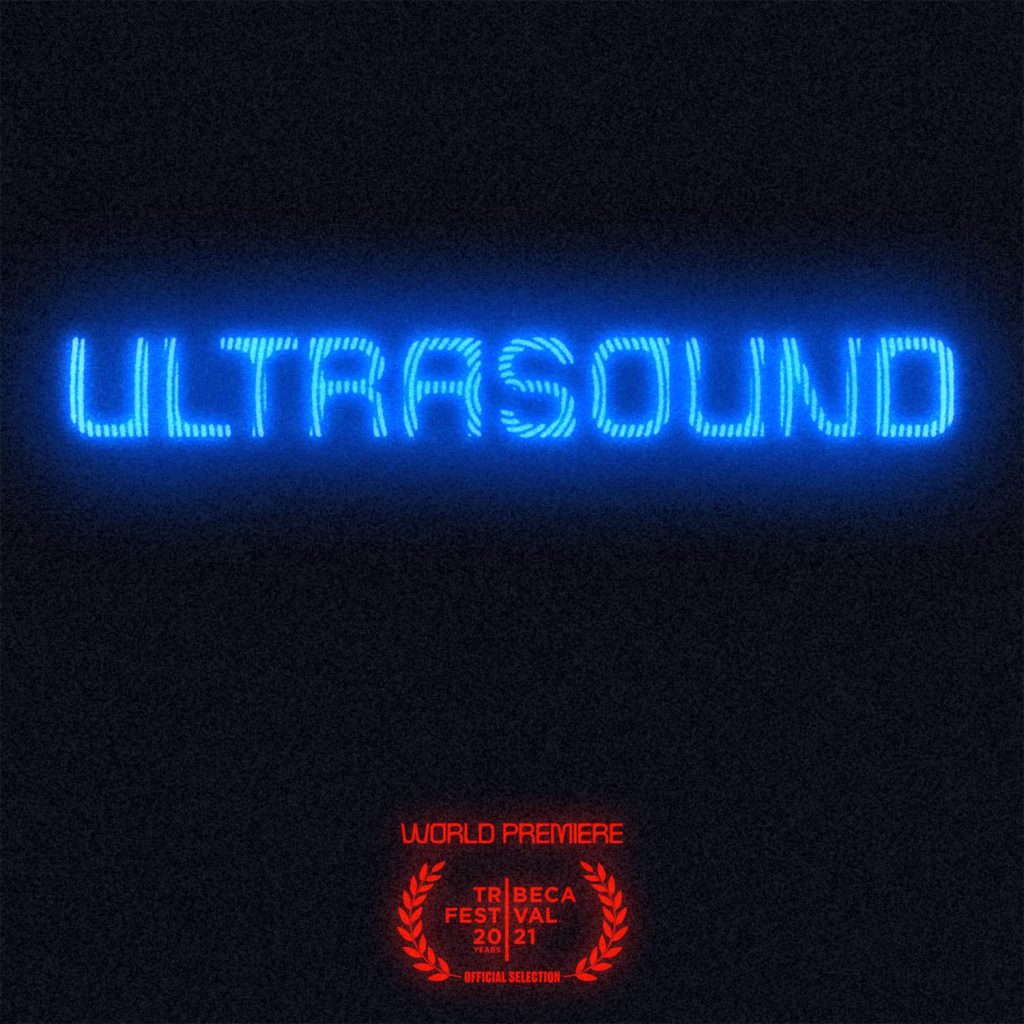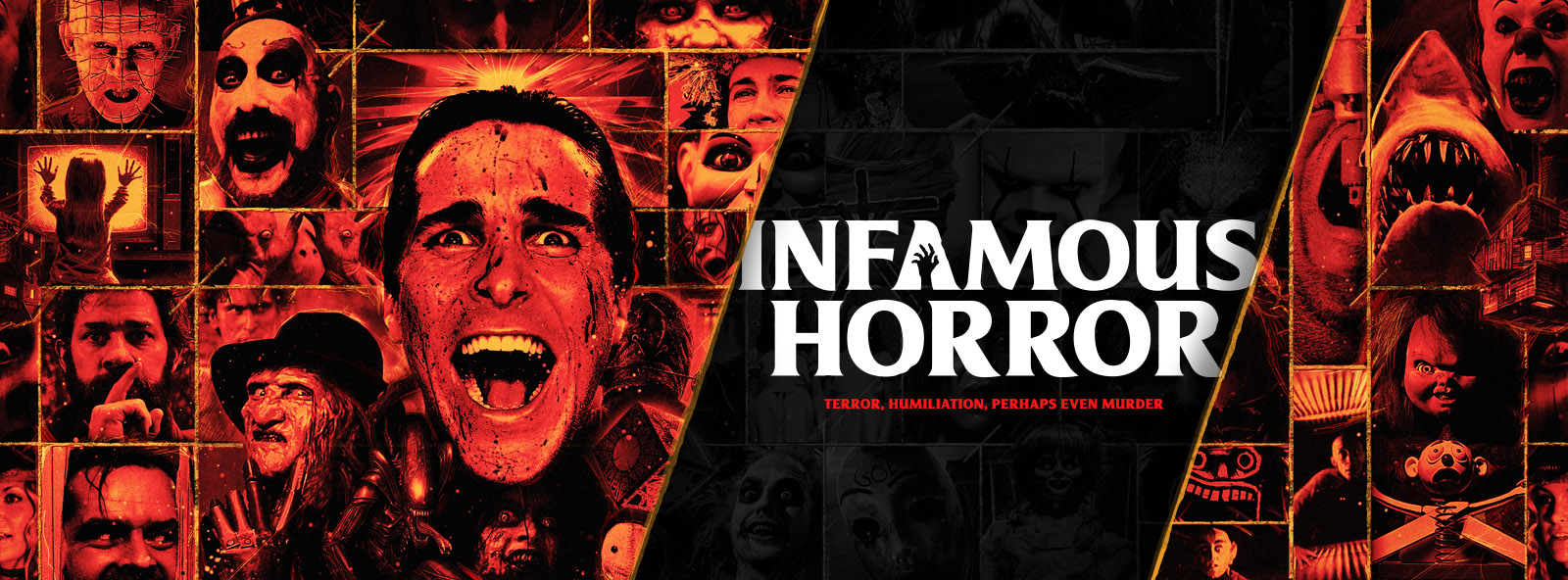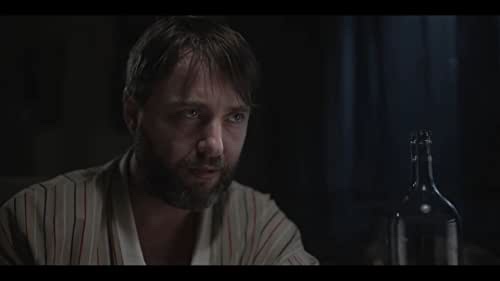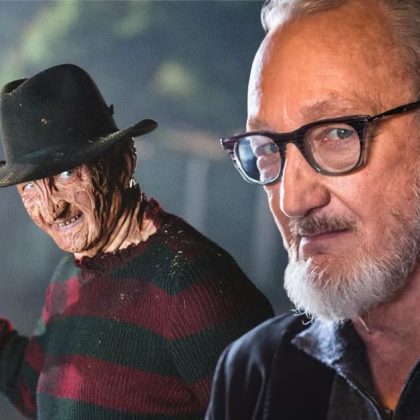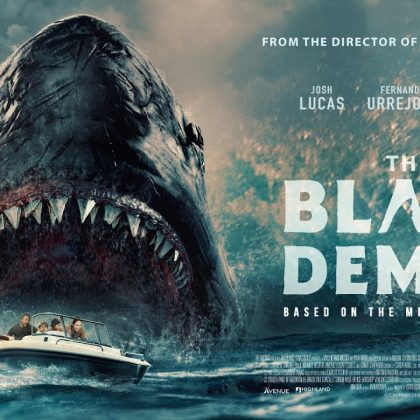The other week we got to speak with the director of the movie adaptation of the graphic novel Ultrasound, Rob Schroeder. Hope you all enjoy reading the interview!
AJ: Hey, Rob, how are you doing today?
Rob: Not too bad. How are you AJ?
AJ Good. Thank you for joining us. So how did you get involved with ultrasound?
Rob: It started with a graphic novel that I picked up at my local comic shop. And, um, it was a story told in four parts. I picked up the first and the second, and then I reached out to the creator, Connor Schulty and that got us going.
AJ: Yeah. And, um, when this was getting made, there was a lot of tensions and it was a psychological thriller. So how did that all come together on screen when you were make the, I guess, how did that all come about
Rob: you mean the thriller elements?
AJ: Yeah
Rob: I love genre films. I love thrillers. I love that kind of stuff. It’s something that’s in the script and in the story. There’s also a lot to character work and, you know, I just tried to embrace those moments and those genre moments and, and do them justice. So, you know, the opening of the film kind of has a different tone than the rest. I hope that doesn’t disappoint any genre fans, I tried to touch on all of it and make it an interesting thriller with kind of all of the different styles kind of colliding.
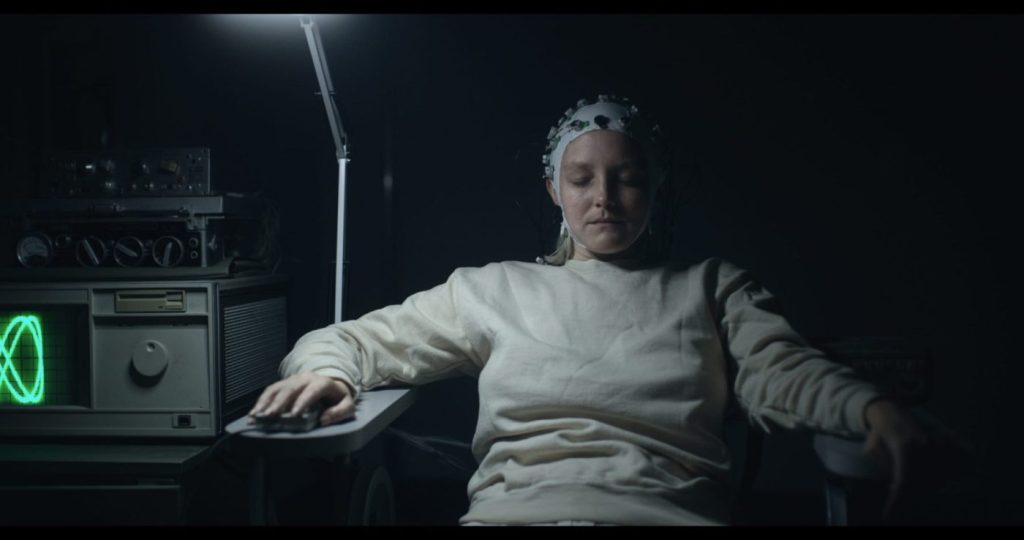
AJ: Yeah. And you said it was a four part graphic novel. So was there anything else you included that was your own spin in the movie or was everything pretty much there that you adapted from the graphic novels?
Rob: There were a couple things that I contributed and it was an interesting process because Connor had written the first two books. Then I approached him. Then he wrote the screenplay. Then he wrote the final two books and drew them and did all the artwork. So the last two books are kind of based on the screenplay, if that makes sense. No. So it’s kind of a weird like game of Thrones sort of scenario where the books are coming out after the movie or after the script. So there were stuff that Connor and I worked through creating that screenplay that influenced the last two books. Then there’s some things in the movie that aren’t in the books at all.
AJ: Right.
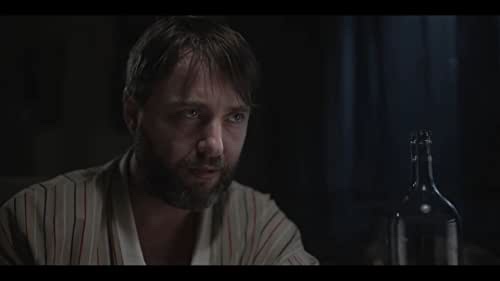
AJ: How did the casting come about? Cause you have some known character actors in this and some actors who are up and coming like, Chelsea. She really crushed her part. I thought. So how did you get on the casting together for ultrasound?
Rob: It started with Vincent carer. He was the first one to come on board and we had a good conversation. He really understood the character I think, and brought a that, you know, nobody else could. And if you look at Vincent’s work since, mad men, he’s done a lot of really interesting heady kind of side by stuff. You know, he’s great. He’s I felt he was the perfect blend. From there we kind of opened it up and we’re very fortunate to get the cast that we have, and that was more, you know, a traditional casting process, but, we didn’t have auditions or anything. It was, it was, you know, selecting actors and talking to them and getting people interested.
AJ And, uh, I was just talking to Chelsea and Rainey about it, having its festival run and premiering in Tribeca. So how is it knowing that this is finally getting out to the public after its festival run? So how does that feel for ultrasound as well?
Rob: I’m really thrilled with it. You know, we, we shot pre COVID the finish shooting in March, like days before the shutdown. So going to Tribeca in person last June was a tremendous thrill after sitting at home for, for so long. And then now getting it out, you know, into the world is really, really awesome. I’m so excited for people to see it. That festival process was cool because we played some kind of mainstream festivals and then played some genre festivals. So, you know, those audiences are a little different right now that it’s now that it’s out in the world, you know, anyone can see it, which I think is gonna be cool. Hopefully it finds its fans and people get to get to get into it.
AJ: Yeah, you know, we live in this day and age of premium videos on demand, as well as theatrical release, due to the pandemic. So as a filmmaker, you of course want your film to be seen on the biggest screen as possible, but now with premium videos on demand and drive-ins making a comeback as well now, how does that feel that you can read some broader audience with this new, release, I guess thing that they’re doing in Hollywood now?
Rob: I look at it, you know, I look at my own viewing habits. I started going back to the theater, I try and see movies in theaters as much as I can, especially kind of films that might benefit from a big screen and awesome sound and all that stuff. But, you know, um, people at home can have a great experience too. So I’m all for it. I kind of out of necessity. I have two kids. So when I watch, when I watch movies at night, I usually wear headphones. Right. And for a movie like this, it really helps because there’s a lot of sound work going on. So I hope people have good systems at home and play it loud and can get into it too. But, um, yeah, the theater’s the best.
AJ: Yeah. I don’t know if you can see it behind me when I got this big Dolby Atmos speaker, right behind me. So I like the movie at home.
Rob: Yeah, yeah. That’s what I’m saying. Like people have some great stuff at home who can, can get into it too.
